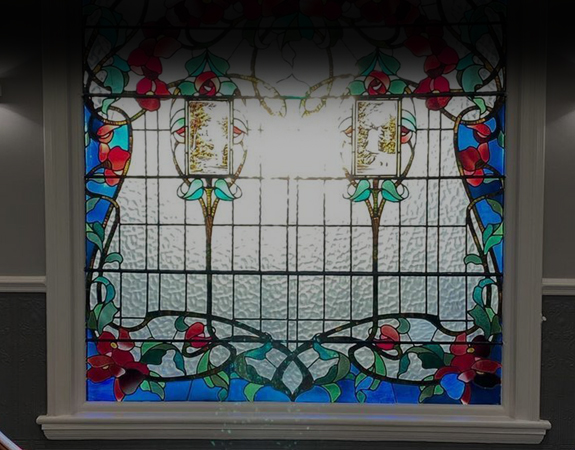What is Dental Fluorosis?
Dental fluorosis is a condition that affects the appearance of the teeth. It is caused by being exposed to too much fluoride before the age of eight when the permanent teeth are still developing. Most people will only have very mild signs of this condition, and it is generally found amongst people who grew up drinking water that was naturally high in fluoride. Anyone who is native to Leeds is less likely to have this condition as the fluoride levels locally are quite low. However people do move around more nowadays and it is something we do see in patients visiting Leeds City Dentalcare.
This phenomenon is nothing new, as it first caught the attention of dental researchers early last century when it was noticed that people living in areas where the fluoride levels were naturally high were more likely to have brown, stained looking teeth. Researchers also noticed that the incidence of dental cavities in this group tended to be lower than in the rest of the population.
While generally caused by naturally occurring fluoride, this condition can also be due to overuse of fluoridated dental products. Some fluoride products such as mouthwash and toothpaste can taste nice, and this may lead to children swallowing the excess rather than spitting it out. This is one of the reasons that Dr David Brown and other dental professionals in our Leeds surgery may advise parents to exercise caution over using fluoride products on very young children, and parental supervision during teeth cleaning is always very important.
At its mildest level this condition simply causes white flecks that can look almost like lace to appear on the surfaces of the teeth, but discolourations can range from yellow to dark brown. If overexposure has been more extreme then fluorosis can even cause pitting on the tooth surfaces, and some of these pits can be quite noticeable. This can be distressing for the person involved, and the effects of dental fluorosis can be tricky to mask.
Getting a Diagnosis from Leeds City Dentalcare
Our dentist in Leeds at our Cosmetic dentistry Leeds will be able to tell if you or anyone in your family has fluorosis, and will be able to diagnose the degree of severity. Sometimes this condition may only affect the back teeth that are impossible to see, or it may be so mild that no action is necessary. It is important to remember that fluorosis is not a disease, and that the effects are cosmetic.
Treating Fluorosis
Fluorosis can be treated in a number of different ways depending on the severity of the stains. Sometimes teeth whitening may be successful on very mild fluorosis, but the results can vary. Your dentist at Leeds City Dentalcare would be able to advise you on this at the time of consultation, but this would be one of the most cost effective methods of masking the stains.
Other ways of masking the stains include dental bonding, which is where a composite resin material is used to cover up the affected areas. This is another affordable treatment, and the composite resin should last several years before it requires replacement.
Fluorosis can sometimes be improved through a process called microabrasion. This is where a tiny amount of the tooth surface is removed to help improve the stains. Fluoride is then applied topically to the surface. This might seem a strange thing to do to treat fluorosis, but this condition is caused by ingested fluoride rather than fluoride that is applied externally, and the application of topical fluoride helps to harden the treated surfaces.
You could also choose to have the affected teeth veneered, as this is a very effective and long-lasting way of covering up the stains. This solution would be perfect if you had been thinking about having a bit of a smile makeover, and would like to improve their shape and overall appearance at the same time. You may also chose to have your teeth crowned, but this option would involve removing the most amount of tooth structure, and is not something our Leeds surgery is likely to recommend unless these teeth have substantial decay or damage.




